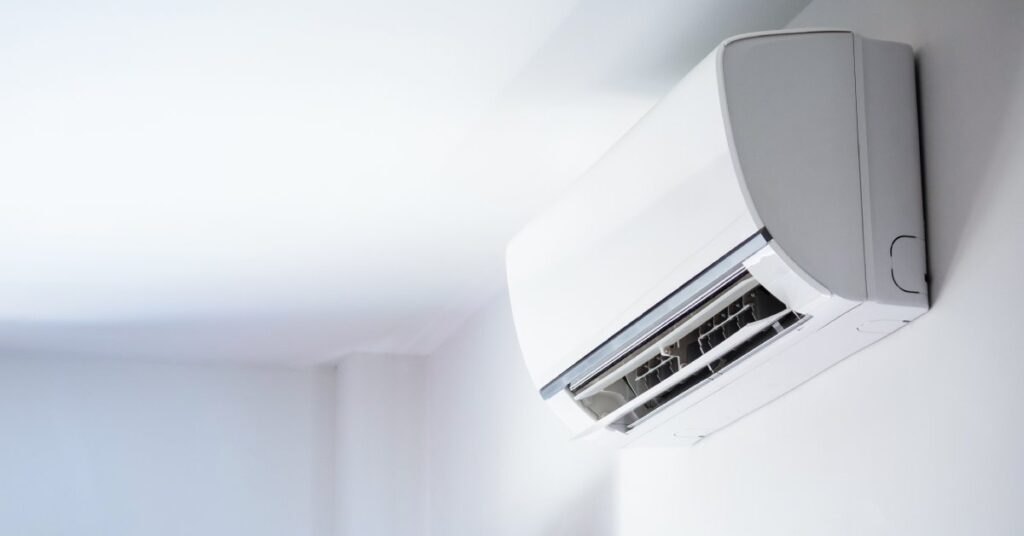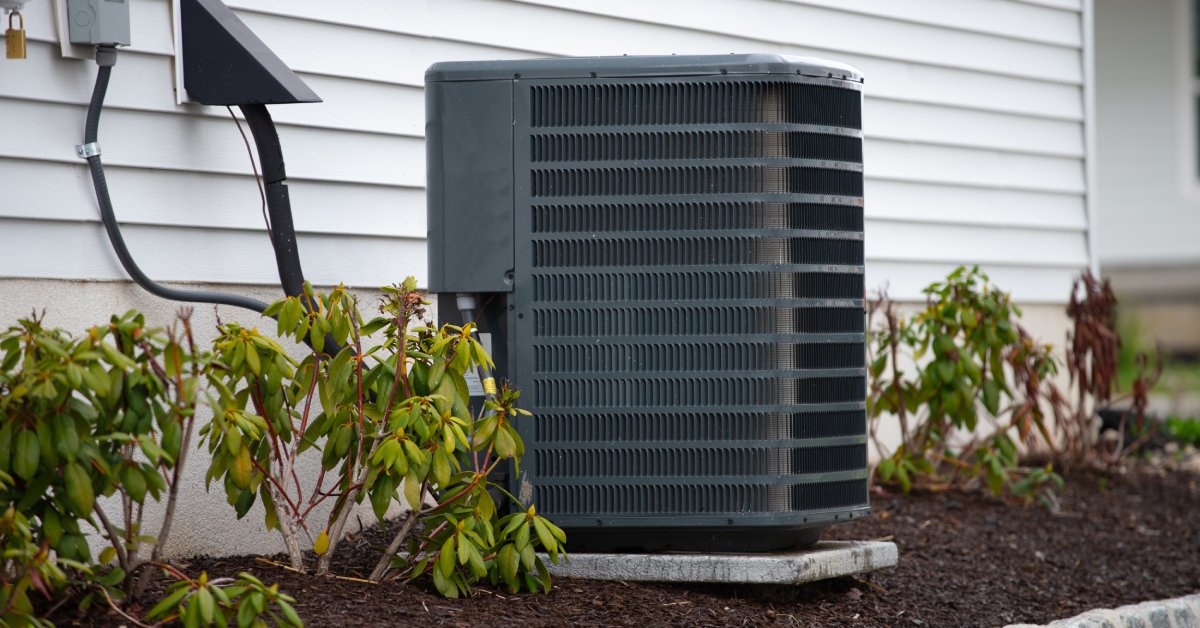Air conditioning is a must-have, especially if you live in states like Florida or Texas, where temperatures can reach over 100 in summer. Purchasing the right type of unit is a crucial decision that affects comfort, energy costs, and overall functionality. Mini-splits and central air systems are two of the most popular options for modern homeowners, and they offer varying benefits. Read on to determine whether a mini-split or central air system is right for you and your household.
What Is a Mini-Split?
A mini-split system is a modern and efficient method of cooling areas of your home. This AC option includes an outdoor compressor and an indoor air-handling unit, which connect through small refrigerant lines that run through the walls.
Unlike a traditional HVAC system, a mini-split doesn’t rely on ductwork to distribute air throughout a space. Ductless AC units cool specific zones or rooms in your home, providing targeted cooling where you want it. This also means that mini-splits cool smaller areas rather than entire houses, making them great for single floors or apartments.
Pro Tip
While you may be able to install a mini-split yourself, it’s best to contact a professional mini-split installation service to ensure everything goes smoothly and the appliance functions correctly.
What Is Central Air?
Central air conditioning is a common choice, particularly for multistory homes. This system comprises an outdoor unit featuring a condenser and compressor, and an indoor unit equipped with an evaporator coil. The indoor unit connects to a duct network that distributes cool air throughout the house by allowing it to flow out through the vents.
One of the primary reasons homeowners appreciate central air is its ability to maintain a consistent temperature throughout larger areas. This is particularly beneficial for homes with multiple rooms or open layouts. However, installing central air can be difficult or impossible if your property does not already have a duct system.
Factors To Consider

Now that we’ve explained what mini-splits and central air are, let’s see which one is right for you. Generally, the ideal option comes down to these key factors:
- home size and layout
- your budget
- energy efficiency
- longevity and durability
- personal preference
To keep comparisons simple, we’ll examine each of these factors in the information below.
Home Size and Layout
The size and design of your home are significant factors when deciding between a mini-split and a central air system. As we explained, mini-splits excel at cooling smaller areas or specific zones. If you have a single-story ranch, then a mini-split may be a practical and efficient choice. On the other hand, if you have a multilevel house with many rooms, central air may be the better option since it can cool the entire home evenly.
You should also consider the layout of your home, as it affects airflow. If you have an open-concept floor plan, then a central air system may be more suitable, as it can cool the entire space without any barriers. However, if your home has many walls and closed-off rooms, multiple mini-splits may be the better choice because they allow for individual temperature control in each room.
Your Budget
Your budget is one of the biggest factors that impact what you can and should buy. Generally, mini-splits have lower upfront costs since they don’t require connecting to ductwork or installing ducts if you don’t already have them.
Conversely, installing central air conditioning typically costs more money for those very reasons. However, if your home already has a duct system in place, the cost of adding a central air unit becomes more manageable.
Energy Efficiency
Mini-splits typically have the upper hand in terms of energy efficiency due to their ability to provide zoned cooling. Mini-splits reduce energy waste by focusing energy use only in the areas they actively cool, making them particularly effective if you have rooms you don’t always use.
However, this doesn’t mean that central air is inefficient. If you live in a large home and want to cool every room at once, then traditional systems make more sense. Additionally, newer central air systems are becoming more energy efficient with the introduction of variable-speed compressors and advanced thermostats.
Pro Tip
When you shop for a system, look for options with an Energy Star certification and a SEER (seasonal energy efficiency ratio) rating of 14 or higher. This will help you determine the most energy-efficient unit for your home.
Longevity and Durability
Mini-split systems typically have a lifespan of 12 to 15 years but may require more frequent attention to components such as filters and refrigerant lines to maintain peak performance. Their durability depends on how well you maintain the system. If you change the filters as needed and have a professional look at it annually (at least), a mini-split should last closer to 15 years.
Alternatively, central air systems generally last 15 to 20 years. But again, their durability depends on regular maintenance and the condition of the ductwork. Leaks, blockages, or poor insulation in the ducts can strain the system and reduce its longevity.
Pro Tip
You should schedule professional maintenance at least once a year, regardless of whether you have a mini-split or central air system. This will ensure that your system is running efficiently and catch any potential issues before they become major problems.
Personal Preference

Your individual preferences and circumstances also play a significant role in this decision. Aesthetic considerations may lead some people to prefer central air since mini-split units are installed visibly within rooms and may not blend seamlessly with the decor. However, other people prioritize the flexibility of zoned cooling over aesthetics.
Your lifestyle habits should also factor into choosing the right system for your home. For instance, consider whether your family spends most of the time together in a central area, such as the living room or kitchen. If your family tends to spend more time in separate rooms, you may need a system that can cater to individual spaces instead of focusing on one shared area.
Get Both
Depending on your home and needs, you may find that a combination of both mini-split and central air systems is the ideal solution. For instance, central air can efficiently cool the main living areas of your home, while mini-split units can target bedrooms, the garage, or an extension that’s not connected to the main duct system. This hybrid setup enables you to enjoy the benefits of both systems, optimizing comfort, energy efficiency, and cost-effectiveness according to your unique living situation.
Contact The Experts
Whether you’re upgrading your current system or starting from scratch, making the right choice ensures long-term comfort and savings. For extra help, contact Style Crest. We have professionals who can install a new unit in your home, help maintain an existing one, or perform AC repairs. We are here to help you select the ideal cooling system for your home so you can enjoy a cool and comfortable living space!